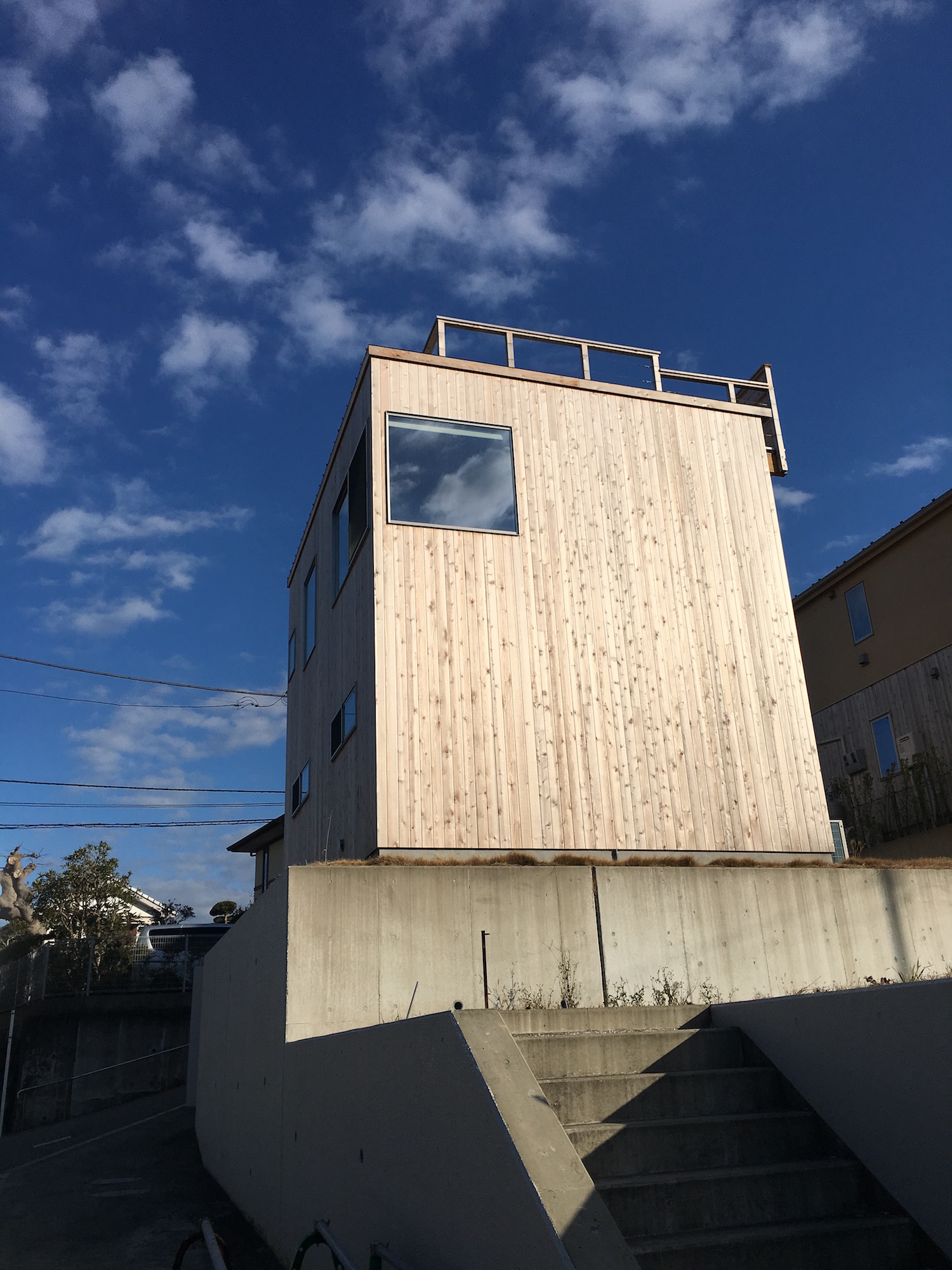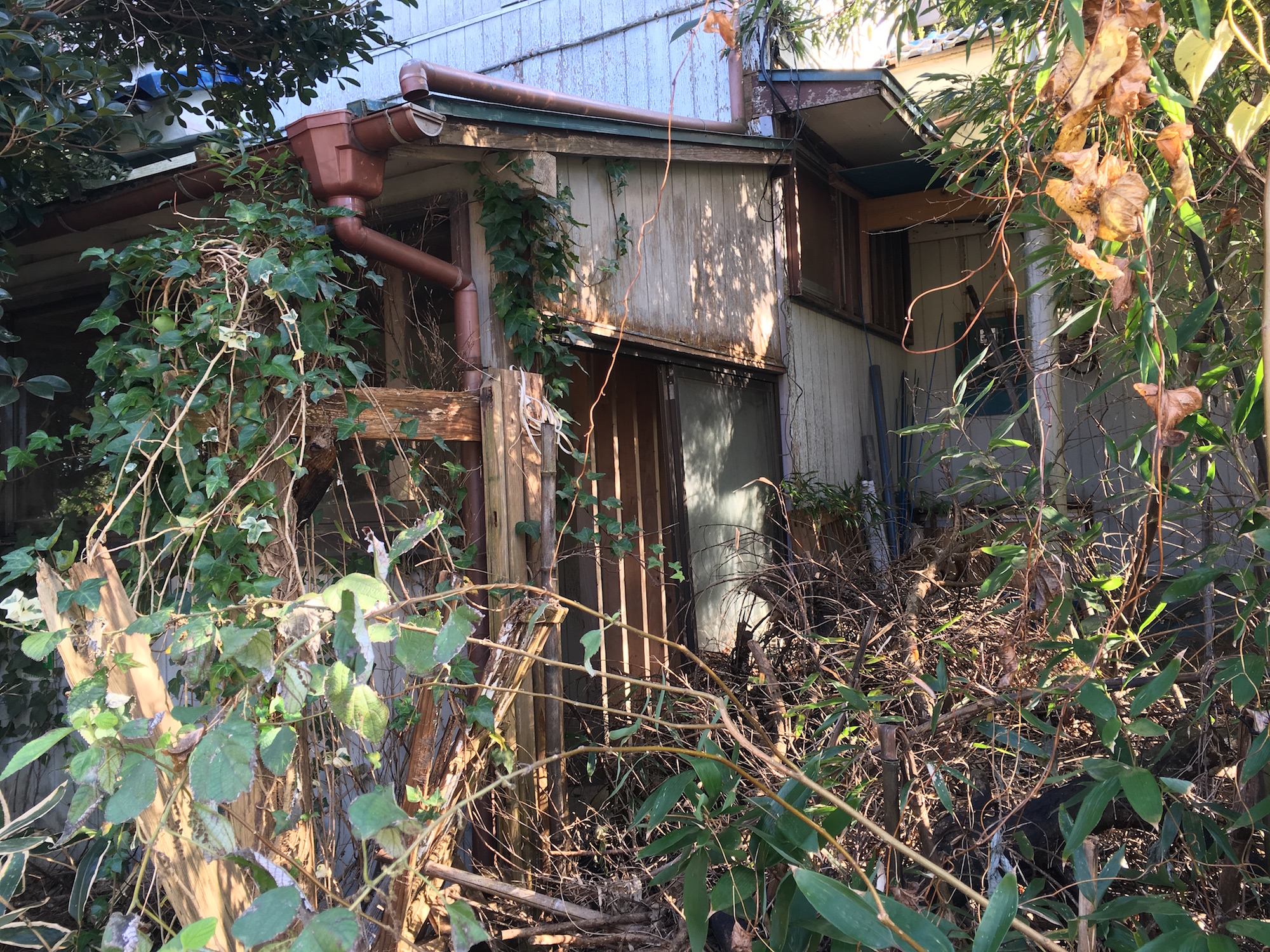Japanese Architecture
January 03, 2016
When I was a kid, no more than 10 or 11, I took a class on architecture. I really enjoyed the class and remember traipsing about the small town USA community of Redlands, California identifying homes of varying styles of architecture. The neighborhoods were a veritable melting pot of building styles spanning many decades of architectural influences. No two homes were alike, there were so many different examples of architecture it was staggering to my young mind. There were examples of Châteauesque, Victorian, New Classical Revival, Mission Revival, Modernist, Greek Revival, and Second Empire styles to name just a few. I was intrigued by all the intricate shapes, colors, and designs - I think that is when the inner angler was born inside of me. Drawn to the art of shapes, colors, and designs Tenkara was a natural progression for me. It took me into a natural world filled with wonderful detail that I found in every fish and landscape. Architecture was the catalyst that made me appreciate the small and intricate details of creation.
Fast forward to Japan and my fascination with architecture has reached a new peak as I take in the wildly variable and all encompassing nature of Japanese architecture. To my western mind the Japanese architecture, which I find to have a heavy western influences with some distinct prevalences of the Asian design elements, makes for some very unique and beautiful homes. Nowhere is this more evident though than the beach town of Hayama. It is the playground of the rich and famous of Japan (the Emperor's summer residence is here), yet it is intermingled with farms and more "traditional" architectural designs spanning centuries, not decades, too. It is a truly beautiful city - one that I enjoy immersing myself into because there are so many back alleys, and side streets, that lead to homes more staggering than the last.
A compilation of old and new.
There are many abandoned home throughout Japan such as the home on the left. Yet they look as if someone could move back in tomorrow. Much respect is shown for personal property which I find very refreshing. Then a kilometer or two down the street from this abandoned home there was this
very
unique home that looked like a bunker. The dichotomy was striking...
This home too appeared to have no current inhabitants yet was apparently well cared for.
Typical Japanese homesteads...
Japan's harsh climate speeds up the decomposition process yet the importance of culture and religion is ever present. In the bottom right photo you can see a Torii Gate - it lead to a small neighborhood shrine pictured below. The shrine is obviously well loved and taken care of, yet is surrounded by the evidence of urban decay - buildings slowly sliding off the hillside into the river below.

Long straight lines, big walls, and tiny windows that overlook stunning vistas.

In Japan the new and old live in a peaceful symbiosis and each has its own regality and character. A Japanese "mansion" sits watch over Sagami Bay and in the distance Mount Fuji. While just below sits an onsen inside a home that has stood the test of time and looks a little weathered for it.

To see more photos, check out this Google Photos Album here.
